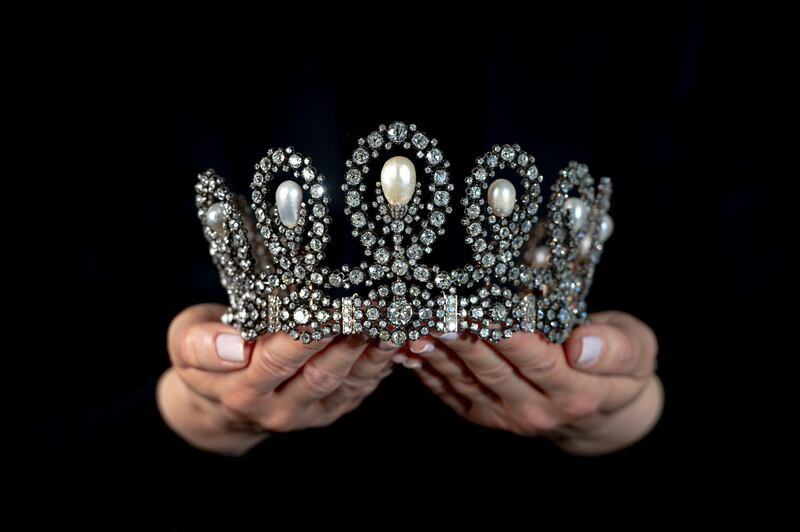Tiaras are the heart and soul of dressing up – twinklingly glamorous, they are many little (and grown-up) girl’s fantasy.
Their princess connotations make them a potent symbol, but a tiara can also lighten up the face in a striking way. The fairy tale faux-heirloom tiaras borrowed from Swarovski were one of the glittering joys of Netflix series Bridgerton. They were irresistible, as are the modern versions that have since been appearing on the catwalks.
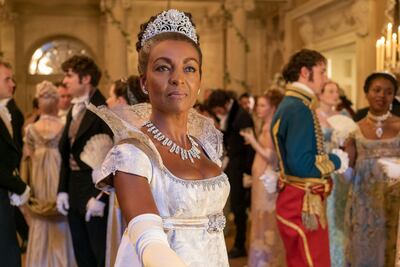
For those with deep pockets, 19th and early 20th-century diamond and pearl tiaras are regularly appearing at auction. On Tuesday, May 11, a spectacular example steeped in the rich history of the House of Savoy, one of the world’s oldest royal families, went up for sale at Sotheby’s in Geneva.
In Paris, Chaumet has a heritage built on the creation of more than 2,000 tiaras since 1780. In the glorious Salon des diademes at its Place Vendome flagship, hundreds of silver nickel replicas are on display, which clients come to admire and draw on for inspiration before placing their orders. A new tiara takes two to six months to make.
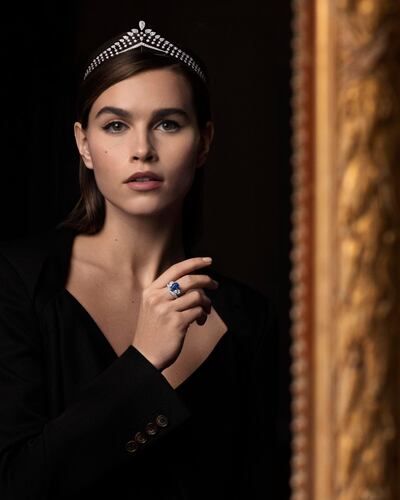
Many of Chaumet’s earliest creations were made for Empress Josephine, who is the muse for a signature collection that has recently been updated and includes a pretty diamond tiara. Chaumet’s founder, Marie-Etienne Nitot, made many jewels for Napoleon and his wife, and the maison is highlighting that legacy this year, which is the bicentenary of Napoleon’s death, with an exhibition exploring their lives through works of art, correspondence and jewellery, including aigrettes and tiaras. It runs until Sunday, July 18.
For those who can visit the French capital, there will be a fun digital and immersive opportunity as part of the exhibition to “try on” a cameo tiara and dress worn by the Empress. However, if travel is an obstacle, this can also be enjoyed remotely via filters on Chaumet’s Instagram.
There is a continuing fascination with historic tiaras. American author M J Rose's newest novel The Last Tiara was inspired by a Romanov tiara that has been missing since 1922, after the Russian Revolution.
Meanwhile, in the UK, there are as many column inches devoted to the tiaras worn by royal brides as there are to their wedding dresses.
For her lockdown wedding last summer, Princess Beatrice wore the Queen Mary Fringe tiara, which was made by royal jeweller Garrard in 1919 and worn by Queen Elizabeth II and Princess Anne on their wedding days.
Beatrice, Catherine, Duchess of Cambridge and other royal princesses are the inspiration for the jeweller’s Princess collection of tiaras, which, as with all Garrard tiaras historically, incorporate a transformable element. The centrepiece can be worn as a stunning pendant.
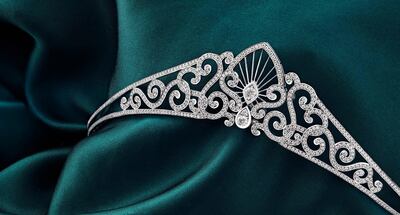
“We’ve had a lot of interest from Chinese and Middle Eastern clients,” says the brand’s creative director, Sara Prentice. They either choose from Garrard’s readily available collection of tiaras, or commission a bespoke design where the creative process, she explains, is driven by the client’s preferred style, budget and occasion.
“From a design perspective, we strive to create pieces that are both wearable and timeless, and that ultimately meet the client’s needs.”
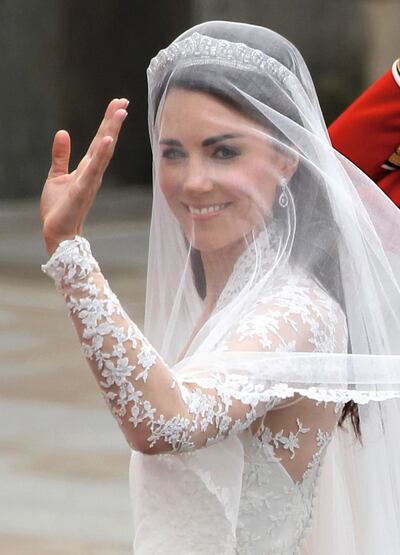
Another historic jewel in the Queen’s collection is the Halo Scroll tiara that Kate Middleton wore for her wedding to Prince William. It was originally bought from Cartier London in 1936 by the Duke of York for his wife (later George VI and the Queen Mother) for the coronation of Edward VIII.
Jacques Cartier received a flurry of orders for tiaras for that coronation, which created some jealousy among Jacques’s brothers in Paris and New York.
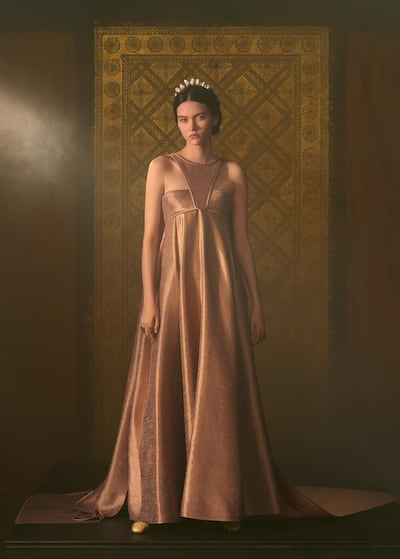
Tiaras could only be worn by married ladies and were de rigueur at court and for coronations, including that of Edward VII in 1902. Cartier London received 27 commissions from the various duchesses attending that event, which subsequently inspired Americans to flock to Paris to order tiaras from Cartier, which continues to make them to this day for Russian, Chinese and Middle Eastern clients.
There is a magic about historic tiaras that draws a crowd. The Hubner diamond piece from 1912 in the Bourbon Parma collection that Sotheby’s sold was one of the most viewed in the collection when it came to Dubai on exhibition in 2019, says Sophie Stevens, Sotheby’s jewellery specialist for the Middle East. The region, and China, are big markets for tiaras.
“Clients here adore them – and aren’t afraid of showing them off,” Stevens says. “There are many events and gatherings that are female-only, where tiaras and other head adornments are often worn.”
Popular styles include delicate bandeau or diadem designs, right through to regal tiaras with royal provenance. “If there is anywhere in the world that can bring tiaras back into everyday fashion,” she says, “it’s the Middle East.”
